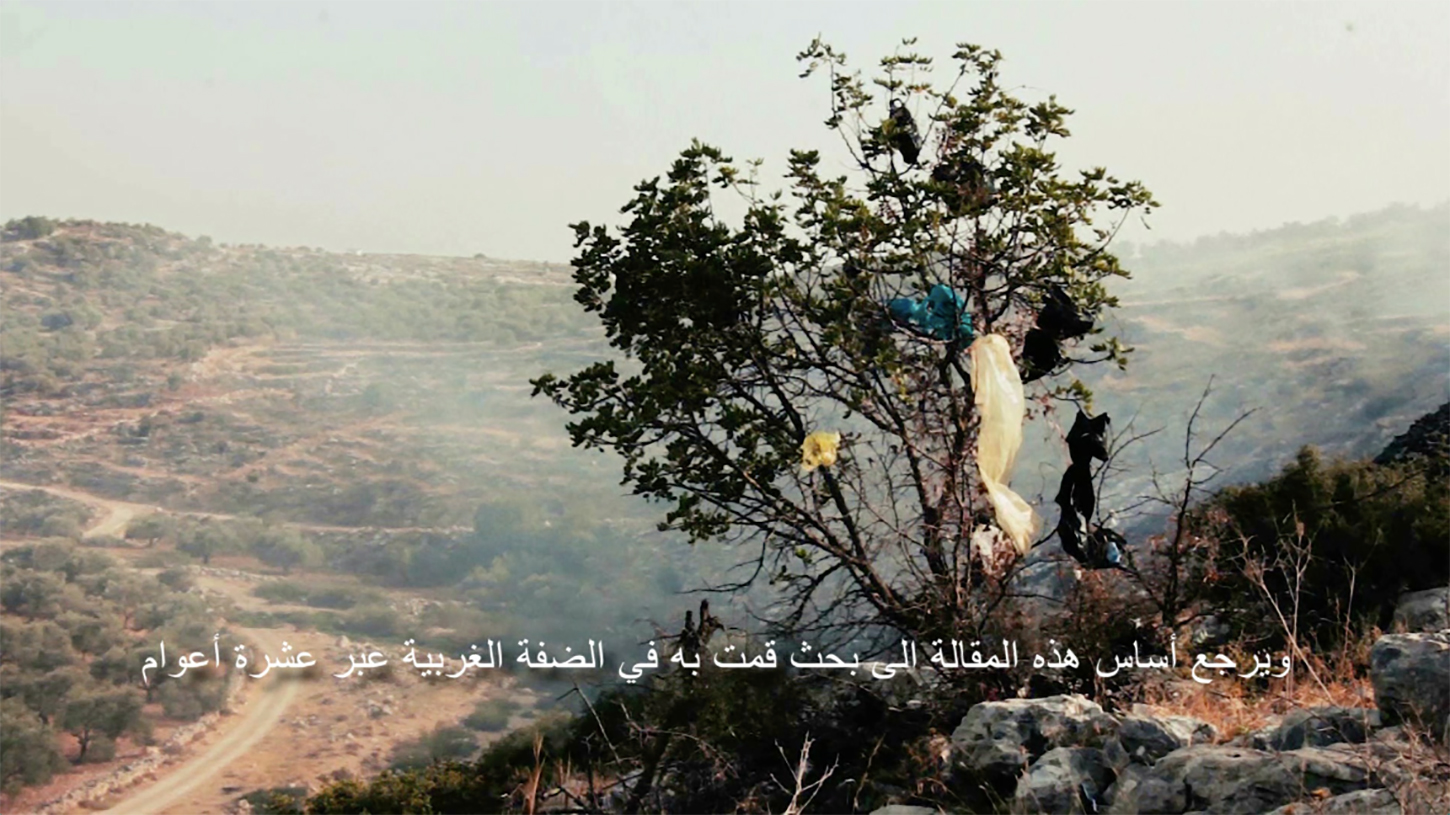Notes
1
See Dominique Laporte, History of Shit (MIT Press, 2020).
This conversation took place in the context of the annual research theme “waste” at University College London’s Institute for Advanced Studies and the UCL Urban Lab. This discussion followed a screening hosted by Bertha DocHouse (dochouse.org).
© 2022 e-flux and the author
